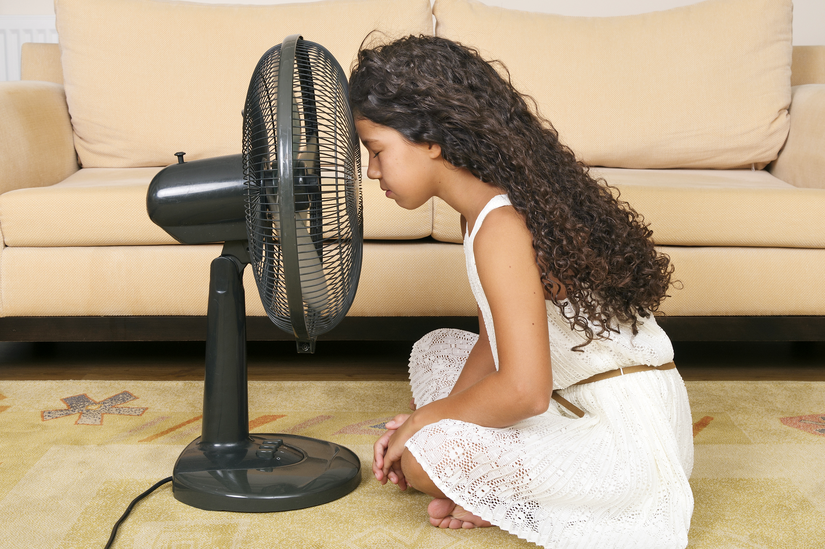Too Hot to Handle
As extreme summertime heat becomes more common and lasts longer, the risk of heat-related deaths and illnesses increases. This week, a massive "heat dome" is cooking the Midwest and Northeast. While a variety of serious health impacts, including heart attack, can result from excessive temperatures, heat exhaustion and heat stroke are among the most common. Here are some of the most important things to understand about heat stroke (and its precursor, heat exhaustion) as well the primary symptoms to look out for.























